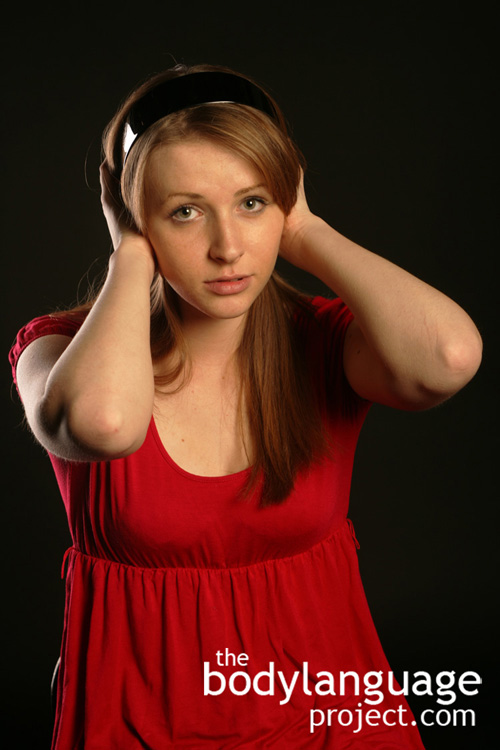There are three main ways in which people process new information. They are auditory (spoken words), kinesthetic (touch) and visual (images). When presenting information it is important to identify which methods are most suitable because every person absorbs information in a different way and so prefers to learn through specific mediums. It is also important to realize your own unique tastes so you can satisfy your own needs and learn more effectively.
Auditory learners, those who learn primarily through spoken words make up about twenty five percent of the population. This group of people prefers to hear the information through oral presentation, lectures and speeches. Oral learners will be found playing music frequently, or will leave a television or radio in the background to stimulate them. Other oral learners will be distracted by sound so they instead run white noise machines or play nature or ocean sounds to sooth themselves. You can also identify auditory learners because they will say things like “That rings a bell”, “I hear you” or “That doesn’t sound right”.
Visual learners account for around thirty five percent of the population. They will prefer charts, maps, graphs, images and photographs. You can identify a visual learner because they will say things like “I can see that”, “I just don’t see how that’s possible” or “yes, I see, that makes perfect sense”. Obviously having at least some visual props will assist any presentation but if you are looking to impress a visual learner, the more the better.
Kinesthetic learners represent the remaining forty percent and they prefer to learn mainly by touch. They prefer to learn by doing rather than simply watching and so they take poorly to lecture situations and can exhibit a desire to move. They often want to take action before learning, and jump right in, so to speak. Kinesthetic learners can be restless or hyperactive when under-stimulated physically. These types of learner will prefer dioramas, physical models, role-playing, or reenactments. Kinesthetic learners prefer test driving ideas or building things as they learn about them. We can identify kinesthetic learners as they will often say things like “Let’s bounce that idea around”, “I can’t quite grasp that idea”, “I’m having trouble feeling that” or “Yeah I can warp my fingers around that one.” More often than not, people will learn through every channel, despite having a more preferred method. Therefore, to teach effectively, it’s important to use as many of the teaching techniques as possible, not only so you can involve the greatest percentage of people, but so that you can use more of everyone’s senses making a much more diverse and powerful presentation.

